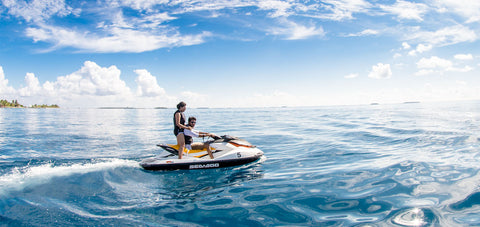How to Set Your Anchor
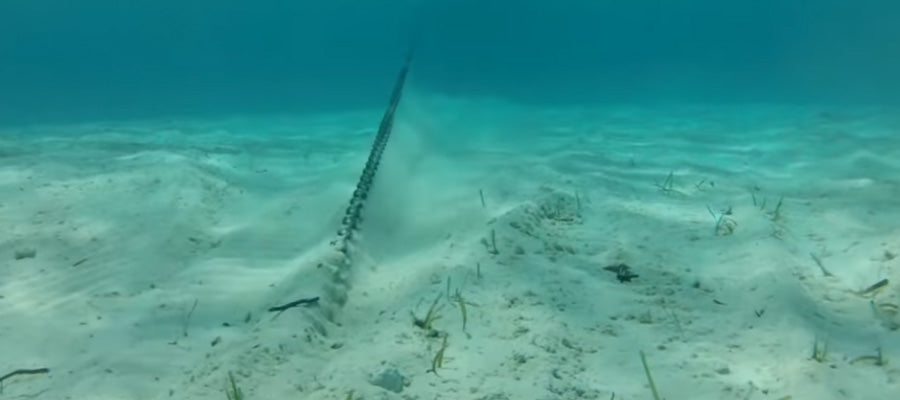
The first step in anchoring your boat is to find a suitable anchorage spot, especially if anchoring overnight. One of the first mistakes new boaters make when anchoring a boat is to choose an inadequate anchorage.
When anchoring, there a few things that make a good anchorage:
- Protected from the wind in all directions (or at the direction in which the wind is or will blow from)
- Adequate depth
- Lack of debris on the bottom that could potentially snag your anchor
We'll go through each of these points in detail below.
Ensure Your Anchorage Is Protected from the Necessary Wind Directions
Ideally, you want an anchorage that is protected from the wind in all directions. Often complete protection is not always possible and you'll be exposed to wind directions in at least one direction. Below is one of my favorite anchorages, Clam Bay. It is protected from all wind directions except the North. Thankfully, in the Gulf Islands, southerly winds are the most predominant. Simply check your weather forecast to see what direction the wind is blowing from and ensure you pick an anchorage that is protected from that direction.

If you are simply throwing a lunch hook and anchoring for a few hours while constantly being aware of your surroundings, your choice of anchorage can be a lot more liberal than if you're anchoring at night. Finding a good overnight anchorage randomly is a tough a task and subsequently, most areas in the world have books devoted to detailing the best anchorages in that particular area, so picking up such a book is a wise investment.
Ensure Adequate Depth of Anchorage

Make sure there's sufficient depth of water, even at low tide. 13' feet of water at high tide may mean you're in the mud at low tide. We've all likely seen someone end up grounded at some point or another, so save yourself from this embarrassing endeavor by being conscious of tides.
Remember, your boat is going to swing thanks to current and wind, so make sure you have enough swinging room in relation to the amount of rode you have out.
Avoid Areas With a Lot of Debris on the Bottom
Avoid areas where the bottom is awash with debris such as stumps, boulders, etc. These will snag your anchor and possibly mean that you have to cut your line (a good portion of our customers come to us because of this!). Admittedly, this is often hard to tell above waterbut the shore often reveals some good clues. A beach at low tide abound with stumps rocks and other debris probably looks the same way several hundred feet out. Again, referring to a local book detailing the best anchorages can warn you of such dangers.
Also, be conscious of the type of bottom your anchoring in, such as a muddy, sandy, or rocky bottom. Your anchor might perform well in one type of bottom (i.e. a Danforth/Fluke anchor performs well in a muddy/sandy bottom but bad in a rocky bottom) while performing terribly in another bottom
Actually Anchoring Your Boat
Once you've found an anchoring spot, move slowly towards it into the direction of the wind or the current. This article assumes you're releasing your anchor from the bow of your boat (the front) and not the stern. The anchor should always be released from the bow.
When you reach your anchoring spot, place the engine into neutral and slowly release the anchor overboard. The classic image we all remember of the skipper throwing the anchor carelessly into the water is a recipe for tangled line/rode. When the anchor reaches the bottom, place the engine into reverse, slowly backup, and gradually let out your rode until you have a scope of 5:1 or more (ideally 7:1). This means that if you're anchoring in 20 feet of water, you need 100 feet of rode released.
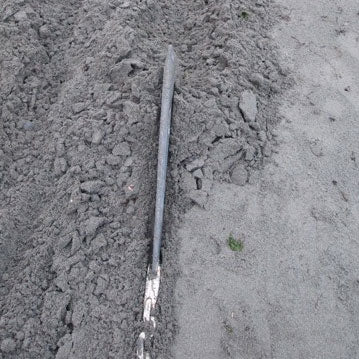
When you feel the anchor "grab" (i.e. the boat will no longer move back) the anchor is set. When the anchor is set, "back down on the anchor" or give the engine some throttle in reverse to really dig the anchor into the ground. Be careful not to give it so much throttle as to unset it. Don't get frustrated if it takes you a few tries to set the anchor. Some anchoring bottoms are a pain to anchor in, but normally your persistence will be rewarded.
Make sure the anchor really is set. Take a couple of bearings on land and watch them to make sure the anchor is not dragging. Monitor these bearings for at least the first 30 minutes after anchoring. If you have a GPS, use the "anchor drag" utility to alert you in case your anchor does start to drag during the night. Don't use your GPS in the first 30 minutes after anchoring! GPS' have a margin of error of 30 or more feet. You could easily be drifting into another boat before your GPS alerts you.
To release the anchor, pull the rode in until the rode leads vertically into the anchor. Tug on the anchor and it should release. Now you have the fun of bringing the thing in.
Published
Recent Posts
Balancing Proven Tradition with Cutting-Edge Performance
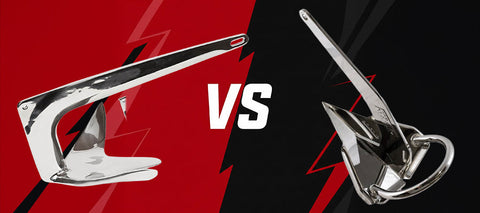
When choosing an anchor, it’s not a question of “traditional vs. modern”, despite our eye-catching article image *wink*, but "what combination of reliability, cost and performance best suits your specific needs?" Here’s a side-by-side look at why time-tested anchors remain indispensable even as shiny new designs continue to enter the market.
Windlass Problems? Common Issues and How to Fix Them
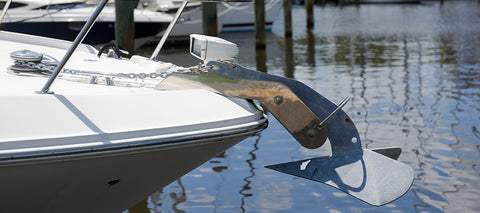
Let's look at common issues with windlasses and how to address them:
1) Windlass Won’t Run in Either Direction
2) Solenoid Clicks, but Windlass Won’t Move
3) Windlass Lacks Power to Haul the Anchor
4) Rode Gets Jammed or Doesn’t Come In
Our history: a 20 year journey
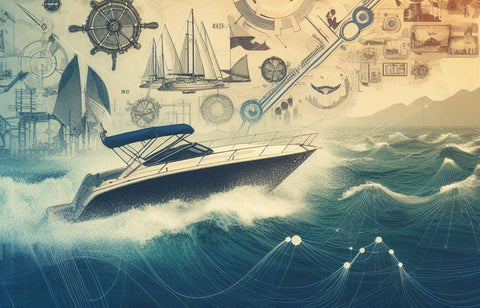
Boat Cleaning Tips for Anglers: Keeping Your Vessel Spotless and Pristine

Avast, Ye Mariners! Master the Art of Docking: A Swashbuckling Guide for Boaters
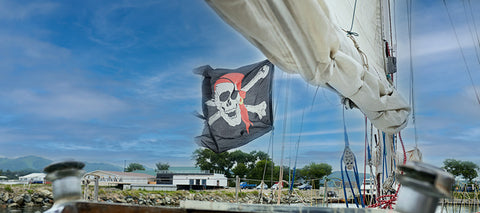
Top Reasons to Keep a Boating Maintenance Log
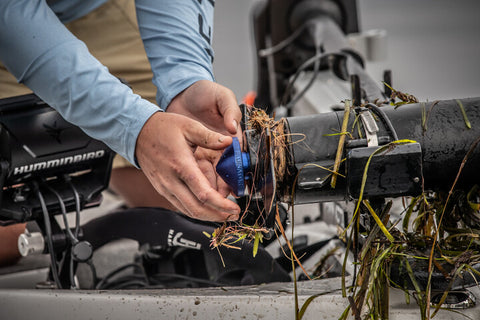
4 Top Tips for Buying a New-to-you Used Boat
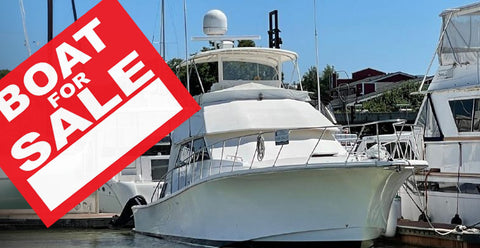
Bent Boat Anchor Shank: Common Causes and Prevention Tips
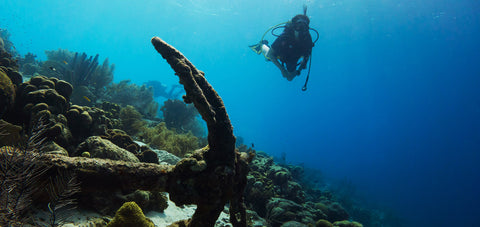
Prepare Your Boat For An Above Average Hurricane Season
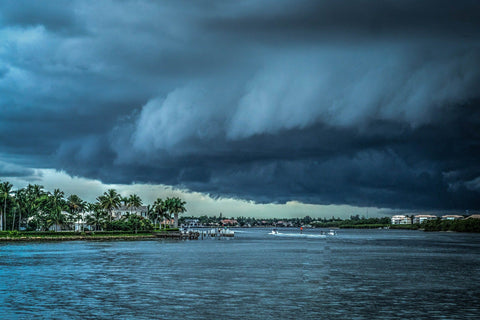
Best Methods For Anchoring Your Jet Ski in Deep or Shallow Water
